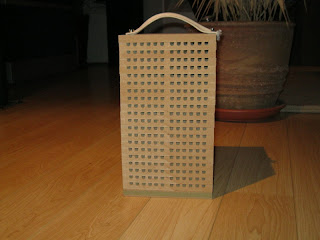Frank M. wrote
"This year I switched to the "dry sand" method of cleaning as developed by Gord Hutchings, to test it. The group seemed to like it, mainly because there was no waiting time for the cocoons to dry. I added a step that Gordon does not do -- after thorough scouring with sand, we put the cocoons into a large flat-bottomed stainless steel screen and gently agitated it over a vacuum cleaner hose nozzle. This helped to remove additional mites, frass and bits of mud still adhering to the cocoons. The one thing I don't like about the dry method is that although it seems to do a pretty good job of removing mites, it does little to remove the frass, so the cocoons don't look "clean". But I reason that the frass doesn't matter to the emerging bees, whereas the mites matter a great deal. Do you agree?"
I think it is wonderful that people are experimenting with ideas developed to manage mason bees better. Here are my thoughts.
Cleaning cocoons and the method you use is a personal choice and it depends on what outcome you want. I still use the cold water method with an optional bleach wash. Although there is a 1-2 hour drying time needed to completely dry cocoons I still prefer the water washing method for two reasons.
Washing with water, removes all frass and most mites. The removal of frass is an important part of the cleaning process because it allows cocoons to be candled. Successful candling can only be done with clean cocoons. I want to make sure that cocoons parasitized with little wasps don't end up in the cocoons that I sell or place out for production.
The other reason why frass should be removed, and the water method of washing does it well, is that the presence of frass makes it more difficult to remove any adhering mites. After washing cocoons and then drying them, most of the remaining mites are removed by gently rolling cocoons over a metal screen. Frass would impede this process.
.JPG)
.JPG)
.JPG)
.JPG)
.JPG)
.JPG)








_1.JPG)
_1.JPG)
_1.JPG)
_1.JPG)
_1.JPG)
_1.JPG)








